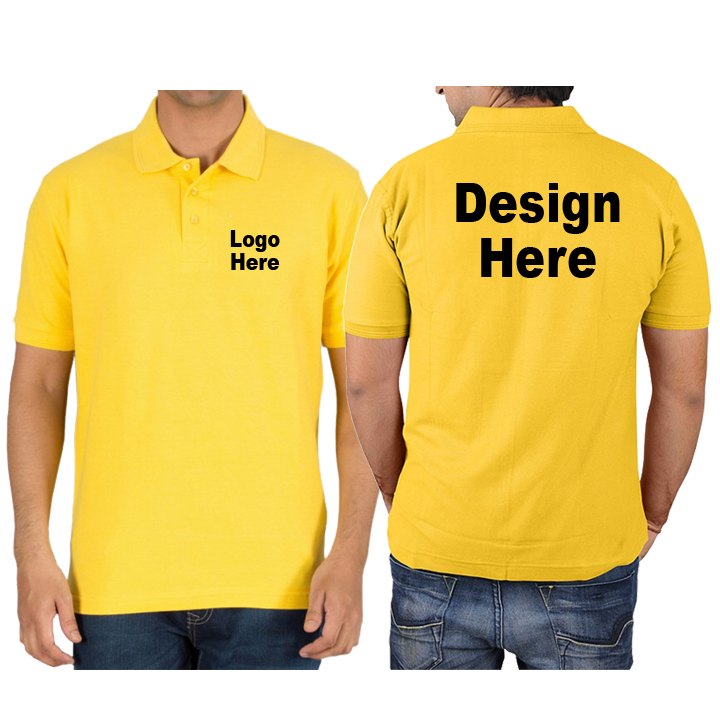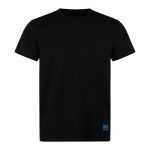Custom t-shirt printing has become an essential way for individuals and businesses to express creativity, promote events, and build a brand identity. The process of transforming an idea into a tangible product involves various techniques and considerations. This article will explore the journey of custom t-shirt printing, from initial design concepts to the final product. Understanding this art will illuminate the careful planning and creativity that goes into every shirt.
In This Article
The Concept of Custom T-Shirt Printing
Understanding the Appeal
Custom t-shirt printing offers a unique opportunity for individuals and businesses alike to create personalized designs. The appeal lies in the ability to express personal style, commemorate events, or advertise a brand. A custom t-shirt serves as a canvas for creativity, allowing for limitless possibilities.
From sports teams to family reunions, custom t-shirts have become a staple for many occasions. They foster unity and identity while providing a practical clothing item. As fashion trends continue to evolve, custom t-shirts have maintained their popularity and relevance.
Ways to Use Custom T-Shirts
Custom t-shirts can be used in various ways. Individuals often create shirts for special occasions such as birthdays, weddings, or charity events. Businesses utilize custom t-shirt printing to promote their brand and connect with their audience. Schools and universities use custom t-shirts for sports teams, clubs, and events, fostering community spirit.
Moreover, custom t-shirts can be designed for merchandise sales, allowing creators to build a brand and generate income. The versatility of custom printing continues to drive its growth in popularity, enabling people to craft unique designs that resonate with their target audience.
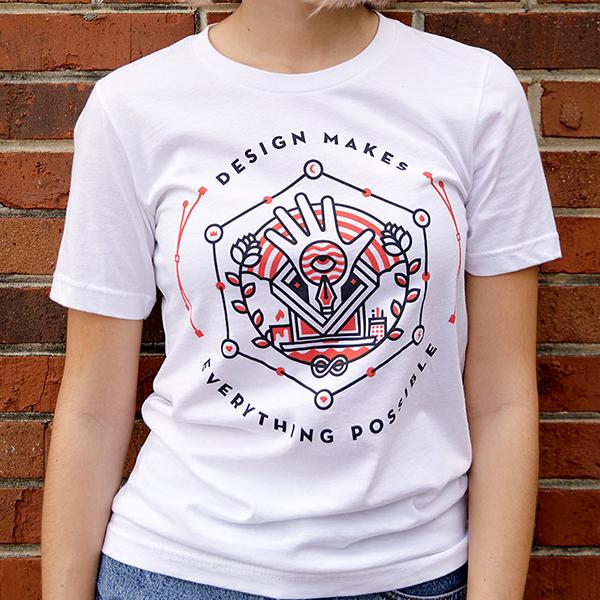
The Initial Design Process
Brainstorming Ideas
The journey of custom t-shirt printing begins with brainstorming ideas. This creative process involves understanding the purpose of the t-shirt and the message you want to convey. Whether it’s for personal use or a broad audience, identifying the theme is crucial.
Consider the target audience when brainstorming. A design created for a children’s birthday party will differ significantly from one intended for a corporate event. Encouraging input from others can also spark creativity and lead to more engaging designs.
Creating the Design
Once ideas are generated, the next step is creating the design. This phase can involve sketching concepts on paper or using digital design software. Graphic design programs like Adobe Illustrator or Canva offer tools to create polished designs. Alternatively, hiring a graphic designer can ensure a professional look and feel.
Choosing the right colors, fonts, and layouts is essential for the design’s success. Colors evoke emotions and can influence perceptions of a brand or event. Similarly, selecting appropriate fonts that complement the design can enhance readability and appeal. As you finalize the design, consider how it will look on a t-shirt and prioritize simplicity and clarity.
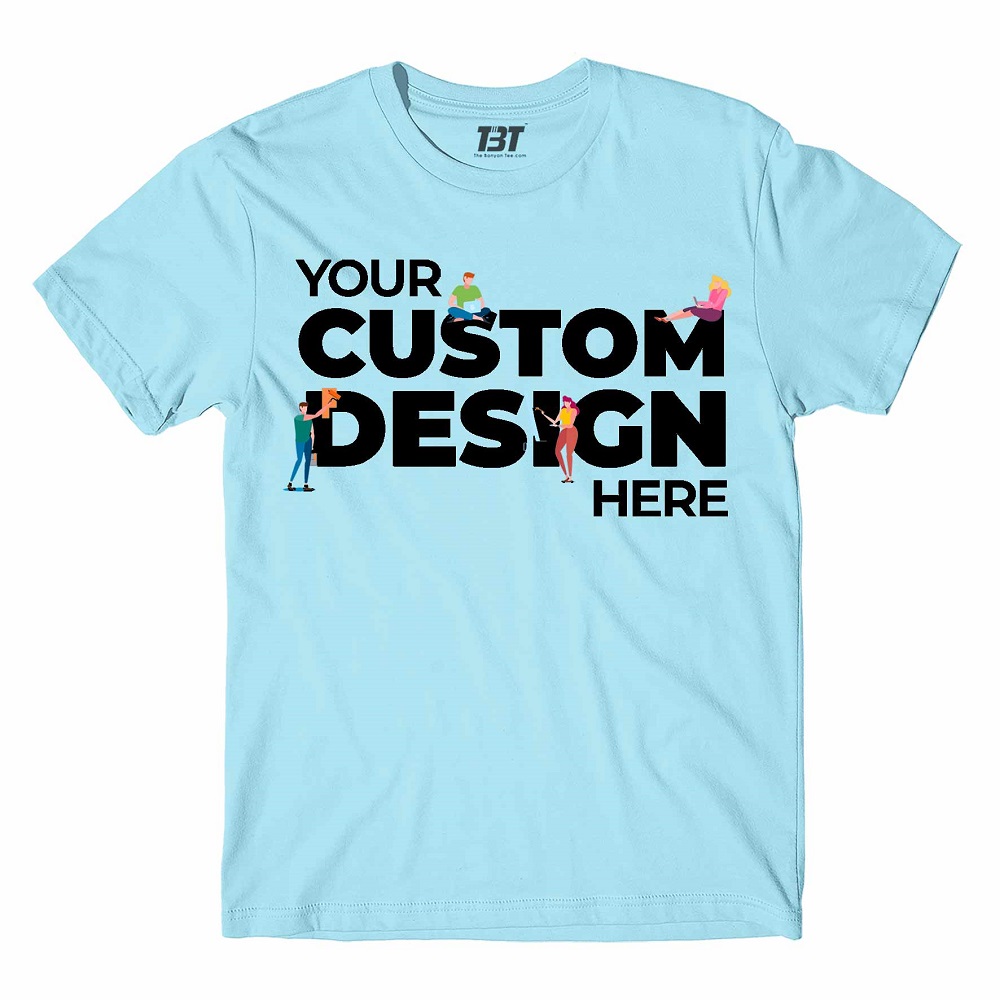
Choosing the Printing Method
Understanding Printing Techniques
Selecting the appropriate printing method is a crucial decision in the custom t-shirt printing process. The choice of technique can affect the final outcome, including color vibrancy, feel, and durability. Here are some popular printing methods:
- Screen Printing: Ideal for larger quantities, screen printing involves pushing ink through screens to create designs. It provides vibrant colors and durability, making it suitable for bulk orders.
- Direct-to-Garment (DTG): This method uses specialized inkjet technology to print designs directly onto the fabric. DTG offers high detail and color variation, making it perfect for intricate designs or smaller orders.
- Heat Transfer: This technique involves using heat to transfer designs from a special paper onto the fabric. It is a versatile option that works well for small runs and allows for quick production.
- Sublimation Printing: This method uses heat to transfer dye onto synthetic fabrics. It creates vibrant, all-over prints but is limited to polyester materials. Sublimation printing is ideal for designs that cover the entire shirt.
Understanding the strengths and limitations of each method will guide your decision, ensuring that the final product meets your expectations. Factors such as budget, quantity, and design complexity will influence your choice.
Evaluating Fabric Options
Choosing the right fabric is equally important in the t-shirt printing process. The fabric’s quality affects how well the design adheres and holds up over time. Common fabric choices include:
- Cotton: Soft and breathable, cotton is a popular choice for comfort. It works well with most printing techniques and retains color vibrancy.
- Polyester: Often used in athletic wear, polyester is durable and moisture-wicking. It is ideal for sublimation printing, providing excellent color quality.
- Blends: Cotton-polyester blends combine the best of both worlds, offering comfort and durability. These blends often hold colors well and resist shrinking.
When selecting fabric, consider how the shirt will be used and the level of comfort required. Understanding the interaction between fabric and printing methods is essential for achieving the desired look and feel.

Preparing for Production
Creating a Mockup
Before the actual printing occurs, creating a mockup of the design is a valuable step. Mockups allow you to visualize how the design will appear on the t-shirt. There are various online tools and templates available for creating realistic mockups. This step is essential for assessing alignment, color placement, and overall aesthetics.
Reviewing the mockup helps identify any necessary adjustments before production. It also provides an opportunity to gather feedback from others, ensuring that all stakeholders are satisfied with the final design.
Finalizing Details
Once the design and mockup are approved, it’s time to finalize the details with the printing company. This includes confirming the quantity of shirts needed, selecting fabric options, and discussing timelines. Clear communication with the printing company is critical for avoiding misunderstandings and ensuring a smooth production process.
When pricing and production details are confirmed, prepare to move into the printing phase. Paying careful attention to these details will contribute to the final success of your custom t-shirt project.
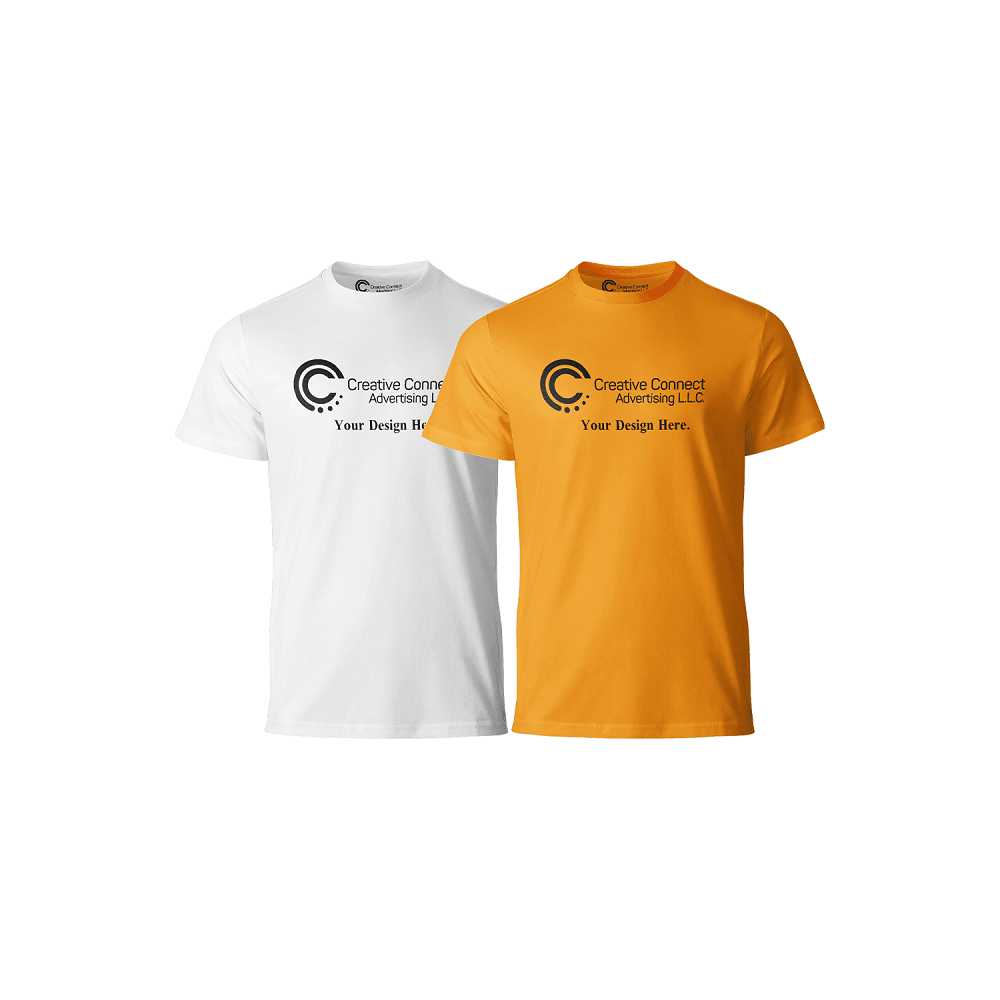
The Printing Process
Quality Control During Printing
As the printing process begins, it’s essential to monitor and maintain quality control. Professional printing companies typically have strict quality assurance protocols in place. However, staying involved and aware of the process can help ensure that everything goes smoothly.
During the printing phase, technicians will check for any issues such as color discrepancies, texture problems, or misalignment. It’s vital to catch these issues early since resolving them can prevent costly errors. Regular communication with the printing team during this phase can help address concerns and give you peace of mind.
Post-Printing Details
Once the shirts have been printed, they go through post-production steps. This may involve curing the ink, which ensures durability and longevity. For certain printing methods, such as screen printing, curing helps the ink bond with the fabric. Following this step, quality checks will take place again to confirm that all shirts meet specified standards before being packaged and shipped.
Taking the time to review shirts post-printing ensures that they meet your expectations. This diligence can help you catch any remaining issues and guarantee satisfaction with the final product.
Launching Your Custom T-Shirts
Marketing Your Product
With custom t-shirts now printed and ready, it’s time to think about launching them. Effective marketing strategies can help promote your shirts and attract potential customers. Utilize social media platforms to showcase your designs. Take high-quality photos and share them with engaging captions that communicate the essence of your brand or event.
If you have a website or online store, ensure it is updated with the new designs. Providing relevant information, such as sizing details and fabric descriptions, will enhance the shopping experience. Engaging with customers through newsletters or promotions can also encourage interest in your product line.
Hosting Events and Promotions
Consider hosting events or promotions to launch your t-shirts. This could include a release party, pop-up shop, or even teaming up with local businesses for collaborative events. Engaging the community can create buzz and enhance brand visibility. Create special offers or discounts to incentivize customers to try your new designs.
In addition, encouraging customers to share photos wearing the shirts on social media can help build an engaged online community. User-generated content can serve as powerful social proof, attracting even more customers to your brand.
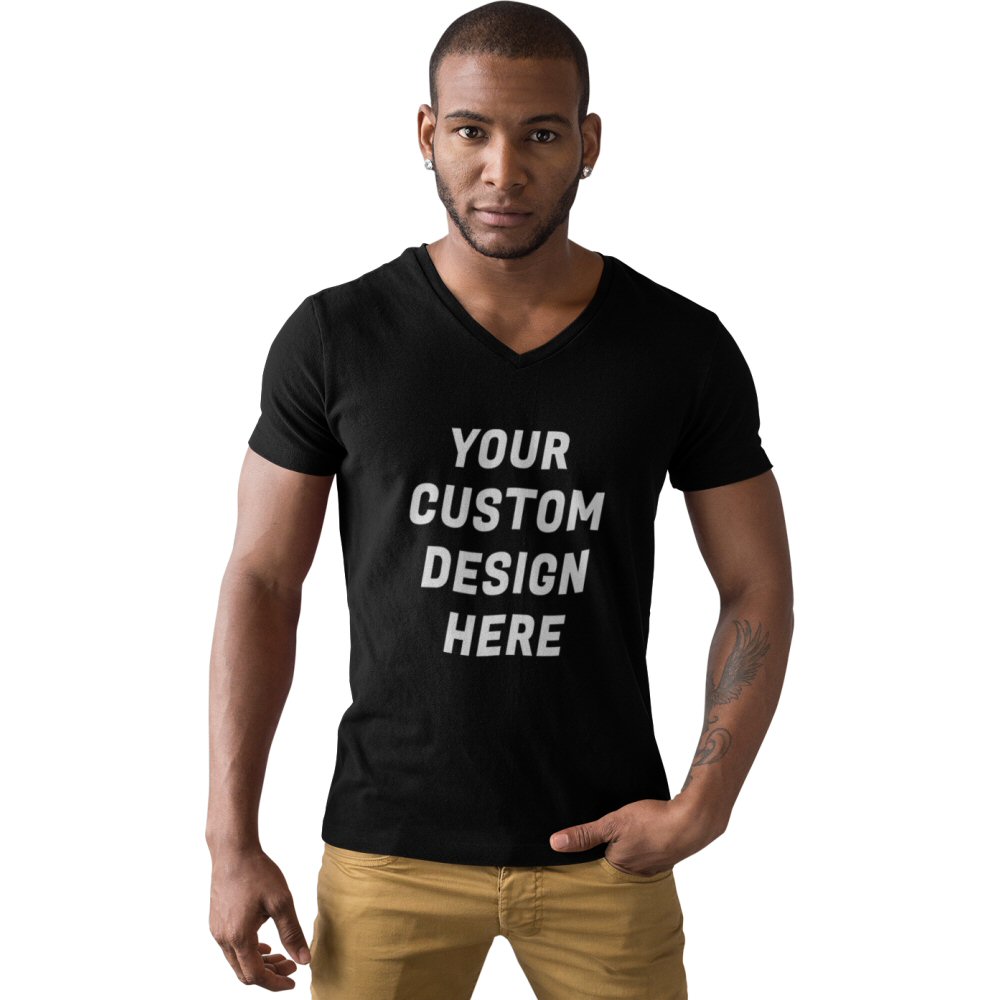
Reflection and Continuous Improvement
Gathering Feedback
Once your custom t-shirts are out in the world, gathering feedback is crucial for understanding customer perceptions. Consider conducting surveys, encouraging reviews, and engaging with customers on social media. Learning how customers feel about the fit, design, and quality of the shirts can inform future production.
Feedback is invaluable for improving your designs or addressing any issues that may arise. It fosters a sense of connection with your audience and shows that you value their opinions, ultimately leading to better customer loyalty.
Evolving Your Offerings
With insights gained from feedback, be prepared to evolve your offerings. The fashion world is constantly changing, and being adaptable will allow you to stay relevant. Experiment with new designs, colors, and printing techniques to keep your collection fresh.
Consider expanding your product line to include other merchandise, such as sweatshirts, hoodies, or accessories. This diversification allows you to reach new customers and keep your brand exciting. By continuously assessing your approach and responding to market demands, you ensure the ongoing success of your custom t-shirt printing journey.
In conclusion, custom t-shirt printing is an art that begins with a concept and transforms into a tangible product. From the initial design stage to the final product launch, each phase of the process presents opportunities for creativity and growth. By understanding the journey and actively engaging in each step, you can turn your vision into a reality, creating unique custom t-shirts that resonate with others. Embrace the possibilities, and let your imagination shine through your t-shirt creations!
